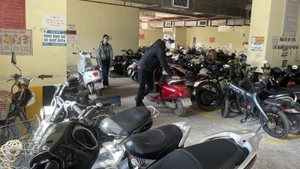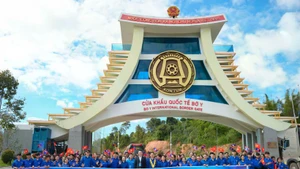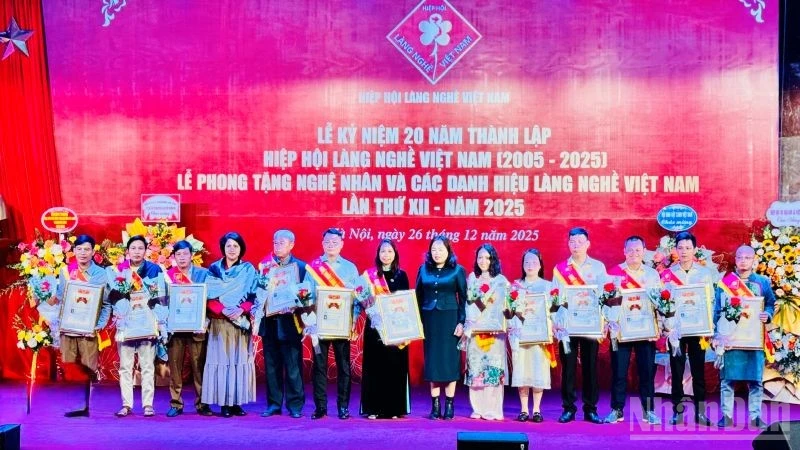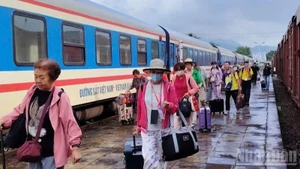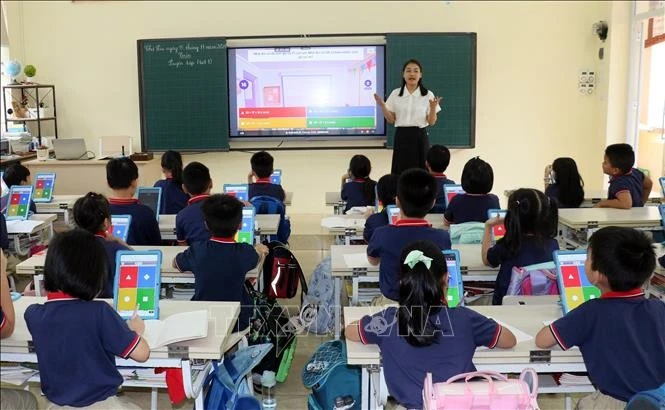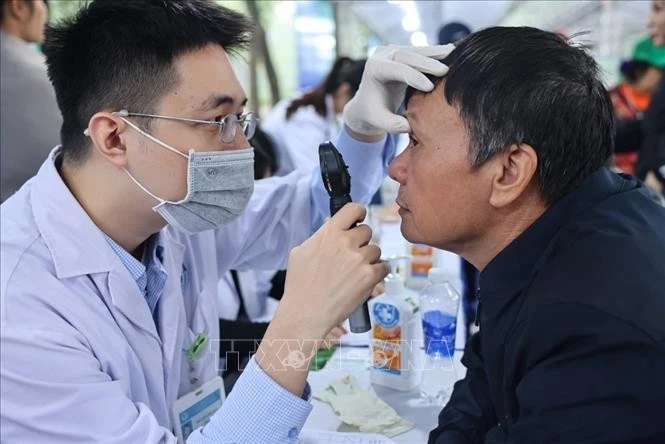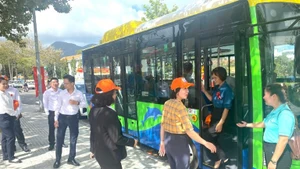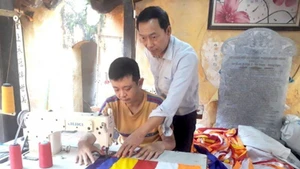In 2024, Huong Khe District in Ha Tinh Province implemented 15 livelihood models for poverty reduction, including 14 cattle-breeding initiatives and one goat-farming project, benefiting 354 households.
Nguyen Van Anh from Ha Linh Commune shared that in 2024, through a poverty reduction programme, his family received three breeding goats along with livestock training. After five months, the goats had begun reproducing.
According to local authorities, 23 households in the commune participated in the programme, each receiving financial support ranging from 8 to 11 million VND to purchase breeding goats. To date, the total goat population in the commune has surpassed 100, thanks to herd expansion by the participating households.
In Son La Province, efforts to support livelihoods through livestock provision, technical training, and access to credit have been prioritised in pursuit of the goal to reduce the poverty rate to 7.89% by the end of 2025. As of early May 2025, seven active people’s credit funds were operating across the province, mobilising 2.773 trillion VND in capital, with nearly 2.6 trillion VND in outstanding loans, serving 5,019 borrowers.
Nguyen Van Tuyen from Co Noi Commune, Mai Son District, noted that his family had consistently received support from the Hat Lot Town People’s Credit Fund for nearly 20 years, enabling them to maintain production. His family is currently borrowing 200 million VND from the fund to cultivate 9,000 square metres of land for seasonal strawberry and vegetable farming, along with over 60 Thai custard apple trees.
The family has since built a new house, and their financial situation has significantly improved, allowing them to support all seven family members and lift themselves out of poverty.
Le Tien Loi, Chairman of the Son La Cooperative Alliance, remarked that the quality of services provided by people’s credit funds continues to improve, with faster loan processing and interest rates adjusted in favour of the public.
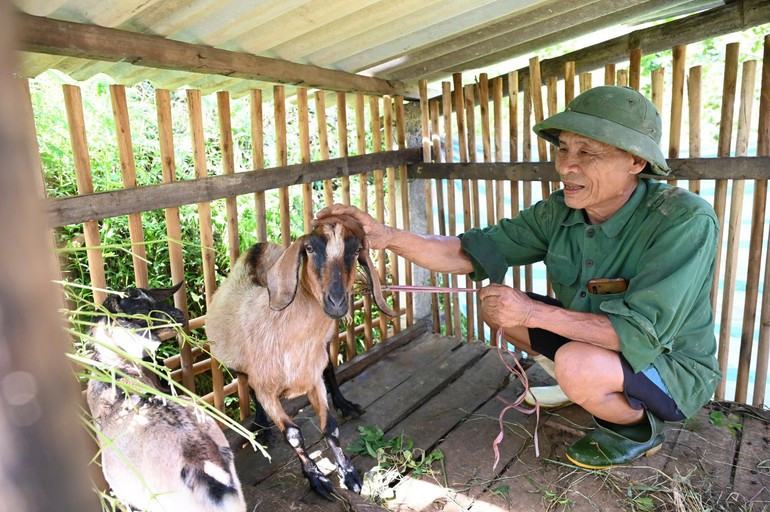
According to the Ha Tinh Department of Agriculture and Environment, under the National Target Programme on Sustainable Poverty Reduction for 2021-2025, the province has been allocated over 376 billion VND to implement various framework projects.
This support has enabled localities to roll out 880 production development models and projects, contributing to better nutrition, healthcare, and physical well-being for thousands of disadvantaged students.
Vocational training courses have also been organised, helping workers enter the labour market, thereby creating jobs, increasing incomes, and fostering sustainable poverty alleviation, particularly for poor, near-poor, and newly out-of-poverty households.
Ha Tinh Vice Chairman Duong Tat Thang reported that the province no longer has any particularly disadvantaged communes. By the end of 2024, there were 9,236 poor households, a decrease of 2.4%, achieving the assigned target.
Meanwhile, in Son La Province, by the end of May 2025, cumulative disbursement under the 2021-2025 programme exceeded 643 billion VND, accounting for more than 52% of the allocated funds.
According to Le Tien Loi, Chairman of the Son La Cooperative Alliance, by the end of 2024, the province’s poverty rate had dropped to 10.89%, a 10.77% decrease compared to 2021, averaging a 3.59% annual decline, thus meeting and surpassing the target set by the 15th Provincial Party Congress (3% per year).
The poverty rate among ethnic minority households fell by 10.55% from 2021 (from 21.34% to 10.79%), with an average annual reduction of 3.51%, also achieving the set target.
Nguyen Le Binh, Deputy Chief of the National Office for Poverty Reduction, reported that by the end of 2024, the national multidimensional poverty rate had fallen to 1.93% (a 1% decrease); the poverty rate in poor districts stood at 24.86% (down 6.86%); and among ethnic minority households, it was 12.55% (down 3.95%), all meeting the targets set by the National Assembly and the Government.
Nineteen particularly disadvantaged communes were no longer classified as such, and three districts had graduated from poverty status.
However, economic experts have pointed out that poverty reduction remains unsustainable in some areas. It is therefore essential to transform livelihood structures and improve living environments, enabling people to escape poverty through their own efforts.
In practice, individuals facing hardship, such as Le Thi Binh from Huong Binh Commune, Ha Tinh Province, have risen out of poverty by participating in agricultural support projects in Huong Khe District.
She received a breeding cow worth 11 million VND from the state, which gave birth to a calf just five months later. Binh expressed joy at acquiring new productive assets and a renewed motivation to maintain her livelihood, gradually overcoming hardship and stabilising her life.
Creating employment opportunities through production support projects, enhancing vocational training aligned with market demands, and focusing on practical local skills, such as farming, animal husbandry, handicrafts, and community-based tourism, are emerging as key strategies for many localities to sustainably reduce and eliminate poverty.
In addition, numerous localities are striving to improve access to production capital, encouraging the development of household economies, cooperative groups, and cooperatives to build sustainable value chains through people’s credit funds.
They are also equipping residents with knowledge of environmental adaptation and digital skills, enabling broader market access and empowering people to escape poverty in a sustainable manner.


